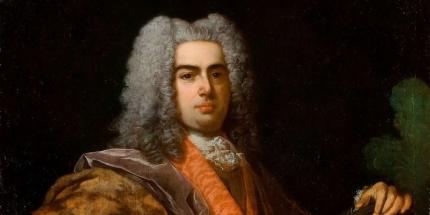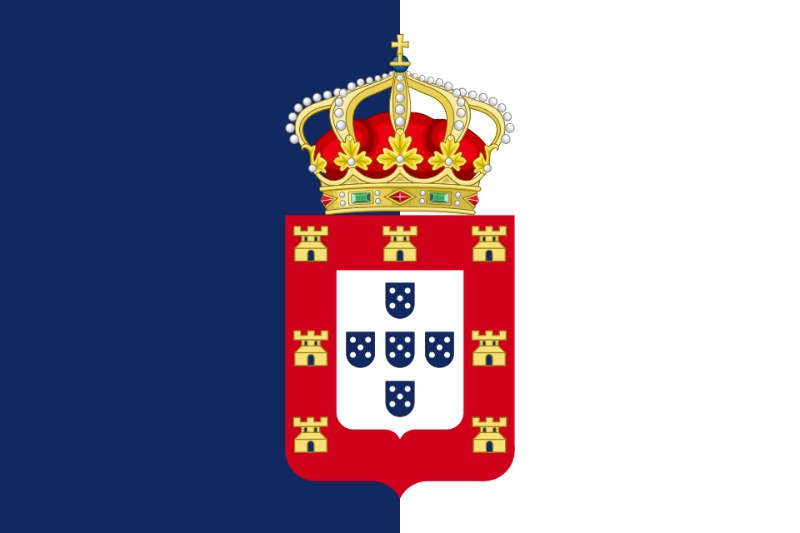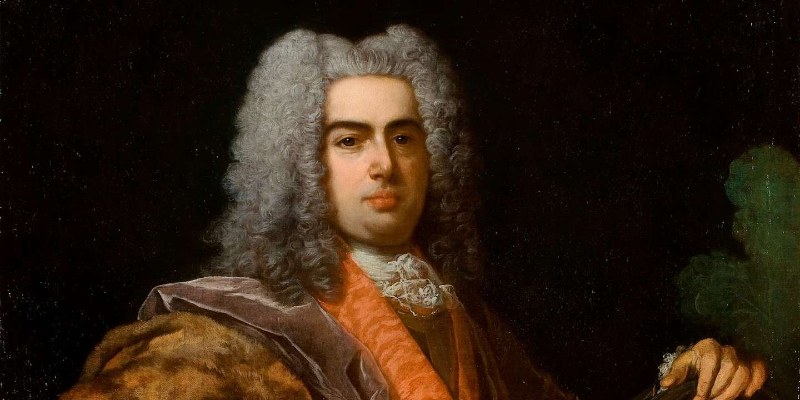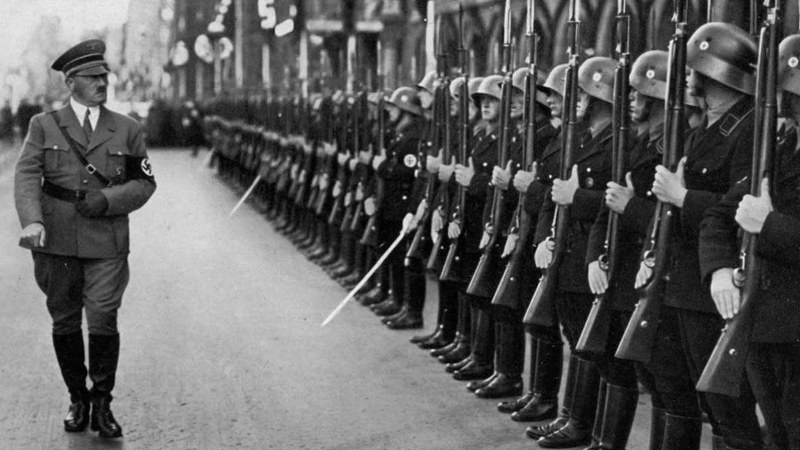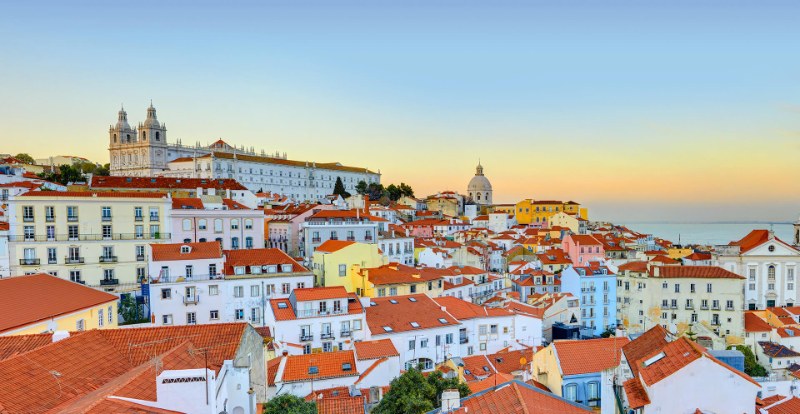Get free consultation
Fill out the form and we will contact you
Portugal is not only a beautiful country with stunning coastlines and a rich cultural heritage, but it also boasts a remarkable royal history that has shaped the nation into what it is today. From the era of great maritime discoveries to modern times, the legacy of Portugal’s kings continues to influence national policies. Let’s explore!
The Kingdom of Portugal was officially established in 1139, when Afonso Henriques declared independence from the Kingdom of León (now part of Spain) and became the first king of Portugal under the title Afonso I. His Burgundy dynasty ruled the country for over two centuries, laying the foundation for the modern Portuguese state.
Portugal’s kings went through multiple dynasties throughout history
Main dynasties in Portuguese history:
Burgundy dynasty (1139–1383)
Afonso I (1139–1185): Founder of the kingdom
Sancho I (1185–1211): Known for settlement policies
Afonso II to Fernando I: Continued territorial expansion and consolidation of power
Aviz dynasty (1385–1580)
João I (1385–1433): Began the dynasty after the 1383–1385 succession crisis
Manuel I (1495–1521): Golden age of maritime exploration and colonial expansion
Habsburg dynasty of Spain (1580–1640): Period of the Iberian Union when Portugal and Spain were ruled by the same monarch
Braganza dynasty (1640–1910)
João IV (1640–1656): Restored independence from Spain
Pedro IV (1826): Enacted the first liberal constitution
Carlos I (1889–1908): Penultimate king, assassinated in 1908
Manuel I is considered one of Portugal’s greatest monarchs. Under his reign, Portugal became the first global maritime power. Key achievements include:
Vasco da Gama’s voyage to India (1497–1499), opening a sea trade route to Asia
Pedro Álvares Cabral’s discovery of Brazil (1500), laying the foundation for Portugal’s South American empire
Development of the unique Manueline architectural style, still a tourist highlight today
Establishment of trade relations with Asia, Africa, and South America, bringing unprecedented wealth to the kingdom. His reign is regarded as Portugal’s “Golden Age.”
João V cai trịJoão V ruled during Portugal’s second golden age, fueled by wealth from Brazilian gold and diamonds. He:
João V (1706–1750) – “The sun king of Portugal”
Constructed the massive Mafra National Palace
Sponsored the arts, literature, and Baroque architecture
Founded the Royal Academy of History
Invested in infrastructure and education
João V transformed Lisbon into one of Europe’s most splendid capitals, with architectural landmarks still standing today, such as the Águas Livres Aqueduct.
Although his reign was brief, Dom Pedro IV (also Emperor Pedro I of Brazil) had a lasting impact on Portugal by enacting the first liberal constitution in 1826. This constitution transformed Portugal from an absolute monarchy into a constitutional monarchy and laid the groundwork for future democratic reforms.
The Portuguese monarchy ended in 1910 following the Republican Revolution on October 5. The last king, Manuel II, ascended the throne after the assassination of his father Carlos I and brother in 1908 but reigned only two years before being overthrown and exiled to England.
Factors leading to the monarchy’s collapse included:
Economic and financial crises
Political instability
Rise of republicanism and progressive ideas
Consequences of the 1890 British ultimatum regarding African colonies
The First Portuguese Republic faced numerous challenges, including political instability (16 presidents and 45 cabinets in 16 years), Portugal’s participation in World War I, and economic crises. Eventually, it was replaced by the Estado Novo dictatorship under António de Oliveira Salazar.
Estado Novo dictatorship
The Estado Novo dictatorship lasted until the Carnation Revolution in 1974, when Portugal transitioned into a modern democracy. This transition led to the adoption of a new constitution and ultimately Portugal’s integration into the European Community (now the European Union) in 1986.
Although Portugal is no longer a monarchy, the Braganza royal line still exists, with Dom Duarte Pio, Duke of Braganza, serving as the head of the nominal royal family. He and his family occasionally participate in public events and charitable activities, maintaining a presence in Portuguese society.
Overall, the Portuguese take pride in their royal heritage as an important part of their history and national identity. Royal palaces and historic sites remain major tourist attractions, and many national celebrations honor the achievements of historical kings, especially from the “Age of Discovery.”
Modern Portugal
Portugal’s rich royal history has shaped the nation into what it is today, creating a unique culture, remarkable architectural heritage, and an open-minded spirit toward the world. The Golden Visa program and other residency options continue this historical tradition by welcoming new investors and residents to the country.
If you are interested in investment and residency opportunities in Portugal, contact the experts at Second Citizenship for personalized advice on various residency programs and to find the solution that best fits your goals.
Fill out the form and we will contact you
